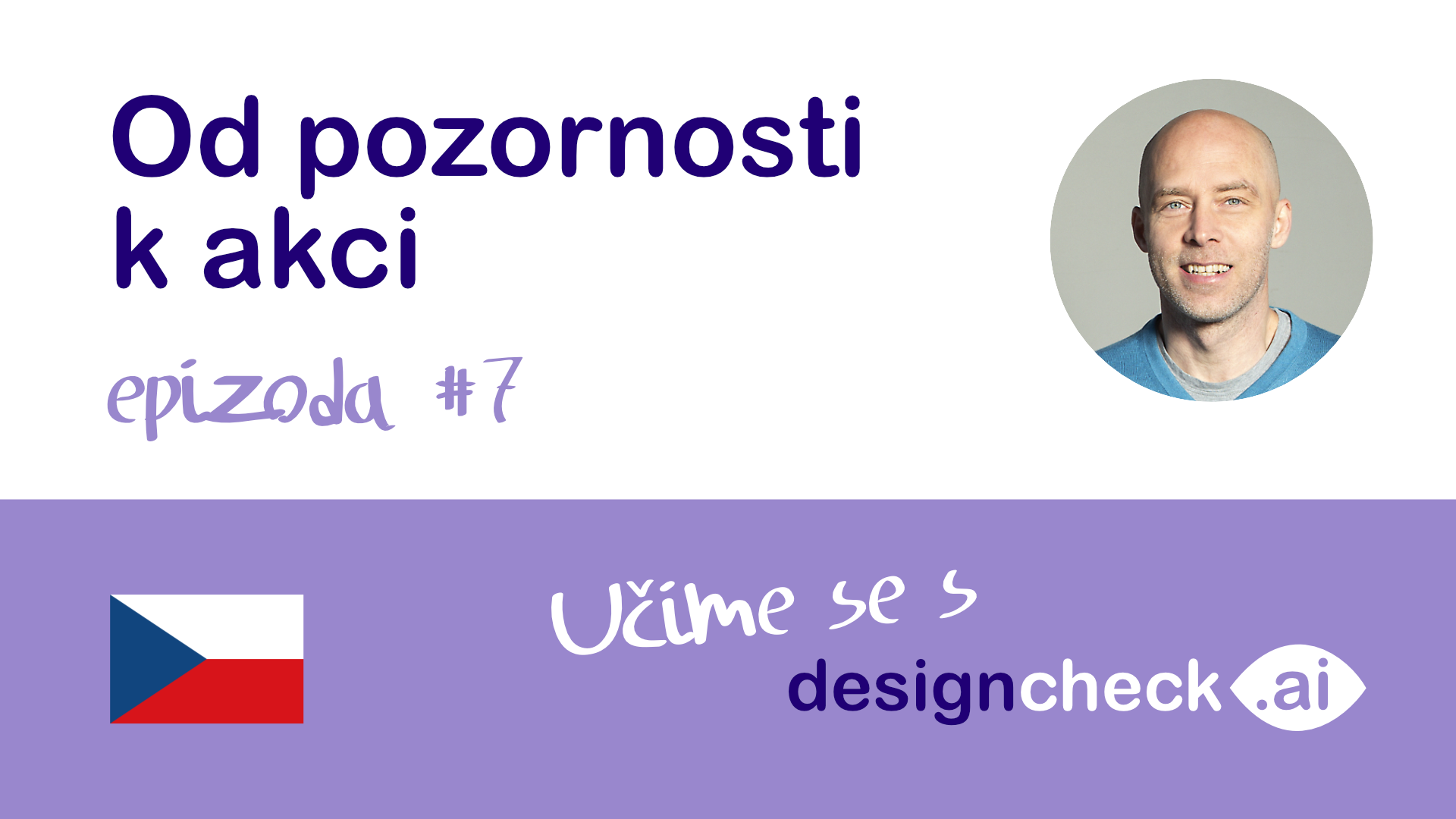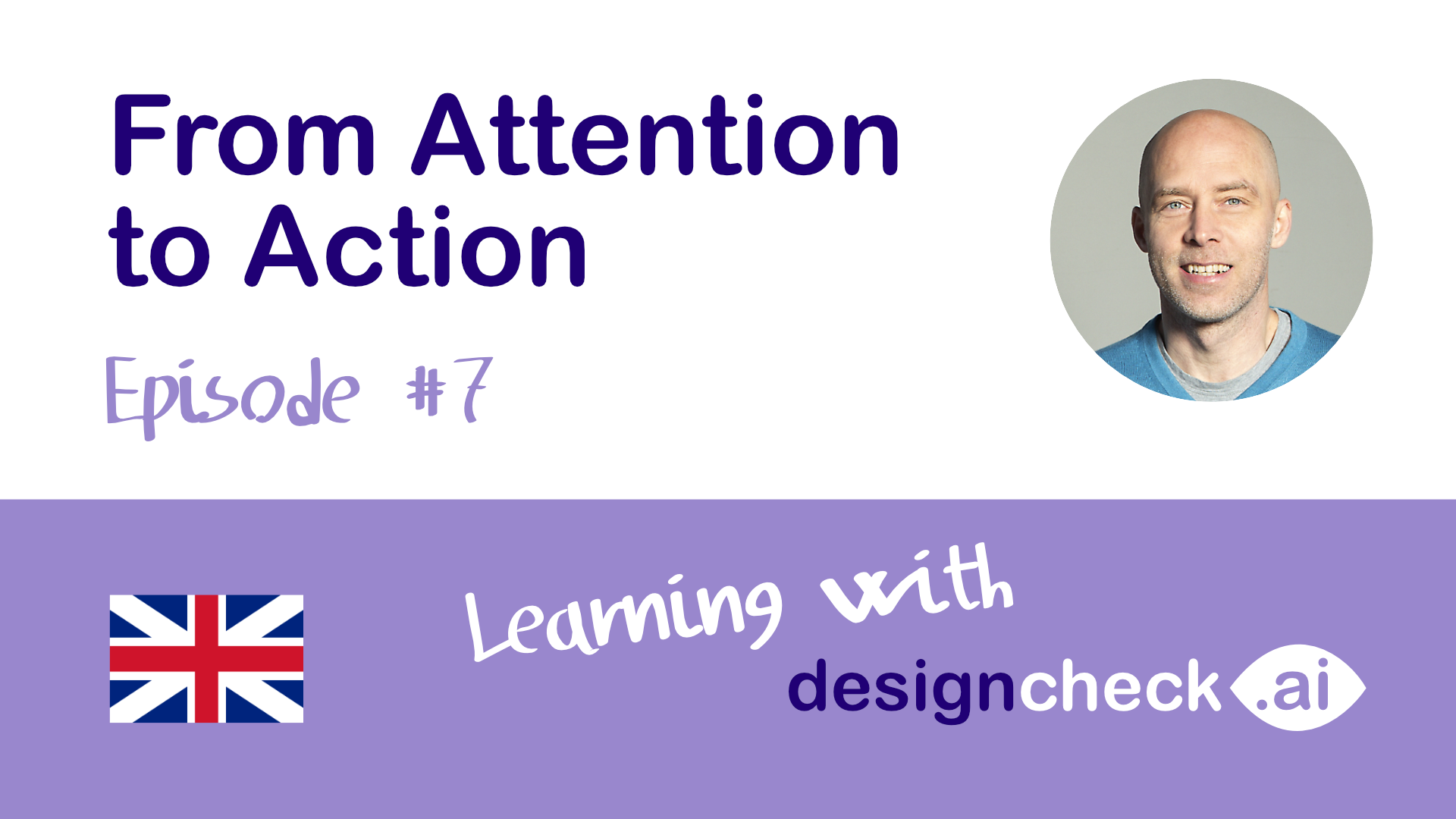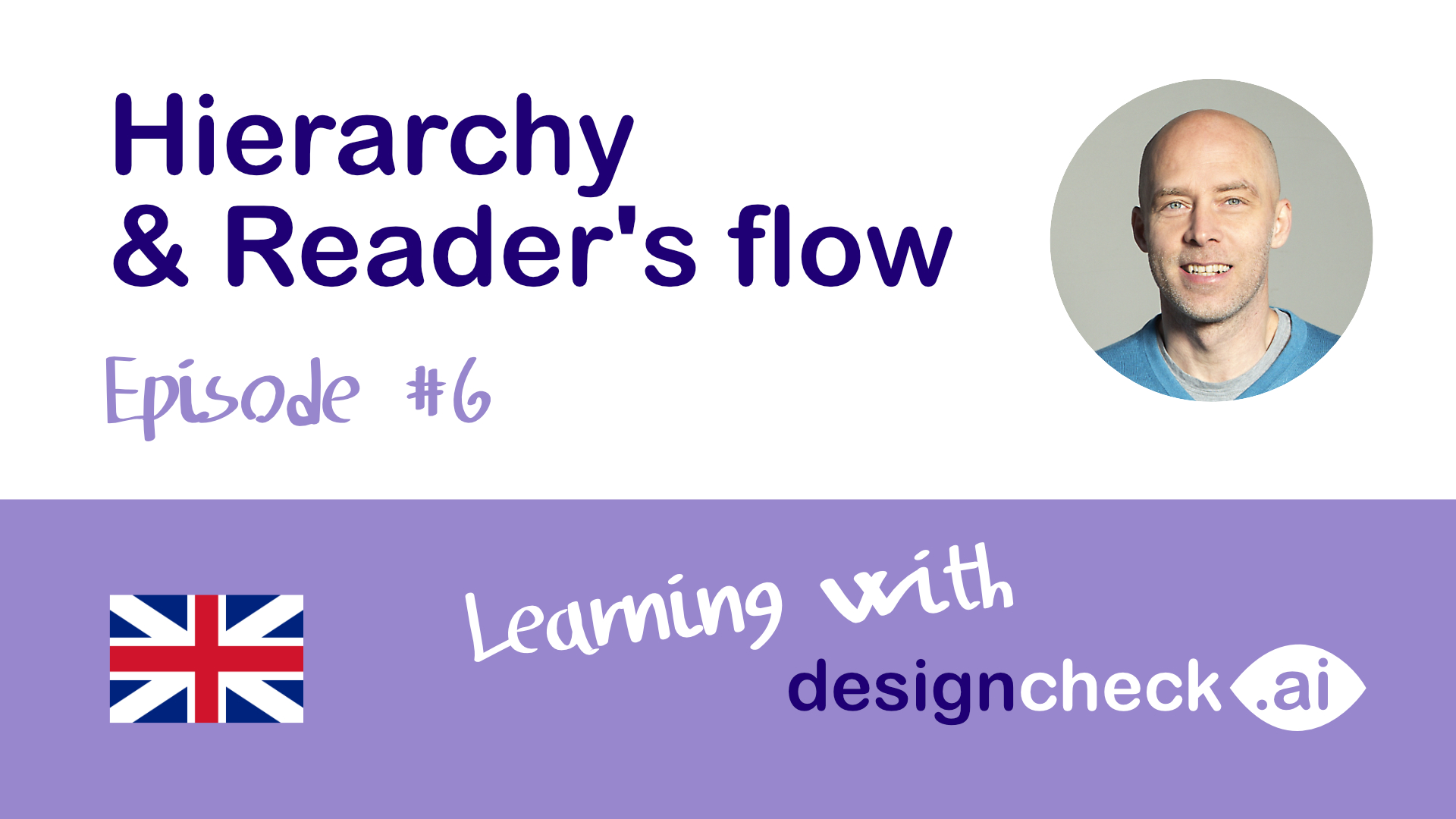Have a good day, everybody,
In today’s episode, we’re going to look at one of the areas of design that largely determines whether our marketing communications get people’s attention. It’s also the area where we most often find opportunities to improve designs in the Designcheck.ai reviews. Let’s start with a little theory from the field of neuromarketing.
Contrast is already important at the level of subconscious decision making
Where we shift our attention in the next second is decided by our brain at a subconscious level. The subconscious mind responds to the stimuli provided by our senses – sight by sight, sound by sound, smell by smell, etc… If we focus on an image, the vast majority of it (99%) we don’t see sharply, but in low resolution as if we were looking through frosted glass. We see only 1% of the image in high resolution and this area is called the fovea.
And it is the contrast created by color and shapes that helps our subconscious mind to call attention to information in the area outside the fovea. And if the information the subconscious perceives is relevant to the current need, focal attention moves there.

What is the easiest way to create contrast in design?
The first help is the colours themselves, which need to be chosen so that our marketing vehicle is sufficiently visible in the real environment in which the design will be used to gain attention at a subconscious level. Using light to bring contrast to the surrounding world can work just as well. For example, a dark billboard design may have excellent contrast in its surroundings during the day, but be invisible at night without lighting.

The second aid is the use of shapes. Unfortunately, a lot of graphic design and communication vehicles are still anchored in rectangles and right angles. Yet the possibilities for printers in die-cutting or 3D processing today are almost limitless and don’t have to mean a big price jump in production. For example, the toppers of vending stands offer more room for creativity in terms of using shapes or 3D effects, which can help the stand gain more attention and thus stand out from the crowd.

The use of colours and shapes in the form of experienced symbols of our brands in design help with capturing the attention of loyal customers and are a great advantage for strong brands.

If we know what the key graphic element of our design is, let’s think about how we can use colour and shape to make it more visible. A well-crafted brand manual should be as helpful as possible in this area, helping and not hindering us.
Attention and number of graphic elements
Another area where we find many opportunities to improve designs in terms of catching the attention of customers is the use of a high number of graphic elements or texts. We will focus on this area in the next episode.
I look forward to seeing you soon,
Jan from Designcheck.ai


